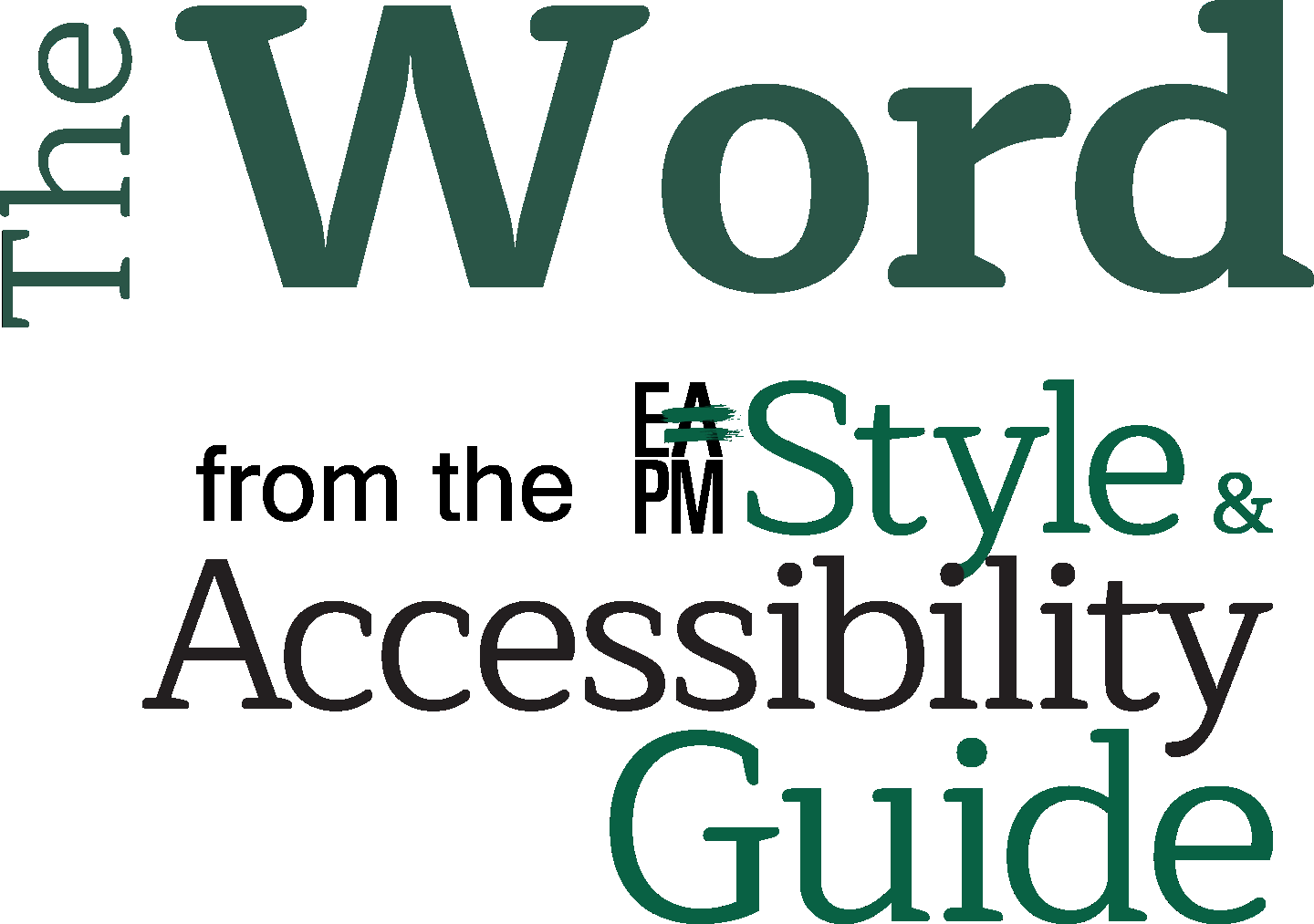Whose words survive
The editorial power and accessibility of conflict reporting
In conflict reporting, whose words are heard above the noise of bombs and gunfire?
Words do not just describe the conflict. They dictate whose lives are lamented and whose miseries are lost.
In the case of Kashmir, news sources must place violence in a context that is acceptable to the state, or face penalties. This often leads to civilian killings being termed as crossfire casualties.
which voids the agency and the responsibility of people killed and the killers. The people who are killed during protests are known as stone pelters
instead of mourners or protesters. This use of language is not accidental; it’s a deliberate editorial choice that shapes the perception of the world in occupied territory.
We find a similar situation in coverage Palestine. The Western media tends to report conflict killings of Palestinians in the passive voice — such as died in clashes
or was killed by an explosion
— but the subject is not even mentioned, whereas Israeli deaths are reported actively: killed by Hamas.
This passive-active voice transformation is the same editorial mechanism that makes some lives peripheral and some central. Media critics and international journalists have noted a difference in the way Western media covers the war in Ukraine: personal accounts of civilians, the identification of victims, and humanization of losses are frequently at the center of the mainstream coverage. The distinction demonstrates that style is consciously or unconsciously created to create a pyramid of empathy.
Selecting which voices are more prominent and which must be obscured by euphemisms, allows journalists to shape narratives. They make the relations of power centralized in this way as well.
To ask whose words survive?
is to inquire whose human life is recognizable in the world journalism is chronicling in real time.
The concept of accessibility is laid out by WCAG in technical ways: plain language, closed captions, design, and translations. These matter.
In conflict reporting, there’s more layers of accessibility:
- Conveying the full truth of events without euphemisms or distortions. This ensures reporting captures the reality of conflict rather than softening or sanitizing it.
- Recognizing the humanity and lived realities of those most affected — centering the voices and experiences of people on the ground, not just institutional or official narratives.
- Using trauma-informed practices in both reporting and editing, acknowledging the emotional toll of conflict on both sources and journalists, and reflecting that sensitivity in coverage.
Plain language demands an active voice: a short, simple sentence, usually made of a subject, active verb, and the predicate being acted upon.
Translations are meant to be as direct and close to the original language as possible. Captions should give the exact display of the sound.
But problems emerge in conflict reporting.
Palestinian witnesses have their testimonies abridged, mistranslated, or excluded entirely. In comparison, in Ukraine, foreign journalists collaborate with translators to preserve emotional tinges and background so that readers can receive testimonies in their original form of presentation.
In Kashmir, local independent channels are trying to maintain original testimony even when it is censored. The story of a grieving mother can be covered in the digital media of the region but not in the national media, where the events are processed through the state narratives. Readers outside Kashmir hardly hear her voice. It is not a format crisis but an ethical crisis.
This silencing can be addressed by best practices. We must guide reporters to not use euphemisms to blur the violence and to give a context without leaving out the local speech, and to put human voices over bureaucratic utterances. Accessibility should include lifting voices of the marginalized with their whole dignity to the world audience.
It must also include a trauma-informed reporting approach.
Behind the scenes are the journalists themselves, who report on the conflict.
In Kashmir, journalists are censored, under surveillance, and aware that even the wrong choice of words might make them pay with their lives. In Palestine, journalists are subject to the very same conditions they cover, hincluding bombardment, starvation, and deat.
The imbalance is stark. Reporting in the Global South tends to require journalists to show objectivity by putting a lid on their emotions, whereas the journalists working in Ukraine are applauded for portraying the emotional aspect of the conflict.
Trauma-sensitive editorial practice requires the acknowledgment that reporters in war-torn countries are not robots but humans who have a burden of grief. It requires both the journalist to recognize their own trauma and to use better practices in covering traumatic situations — including with the people they interview.
In order to make sense of the accessibility, it needs to take care of the authors of these stories. The editorial power must not only correct the language, but also treat the sources and journalists with dignity.
The issue of accessibility is both a technical and ethical problem. It entails formatting as well as editorial choices that maintain the truth and save vulnerable voices. The main question that must be posed by editors is: whose words are highlighted, and whose are removed? Accessibility must preserve readability to the reader, justice to the author, and honor to the reporter.
Hashim Quraishi is a freelance writer from Kashmir whose work explores conflict, memory, and power through a deeply thoughtful and critical lens. A keen observer and reflective thinker, he writes to uncover the stories that are often silenced — amplifying voices from the margins and challenging how the world remembers. To read more of his work, connect with him on Medium at @hashimquraishi24.
This is opinion. While this piece contains some factual information, it is the author’s point of view..
Want more of the Word?
Become a Guide Patron
Love what you’re reading? Want a to read more? Become a Guide Patron and support The Word — and the entire of the EAPM Style and Accessibility Guide.
